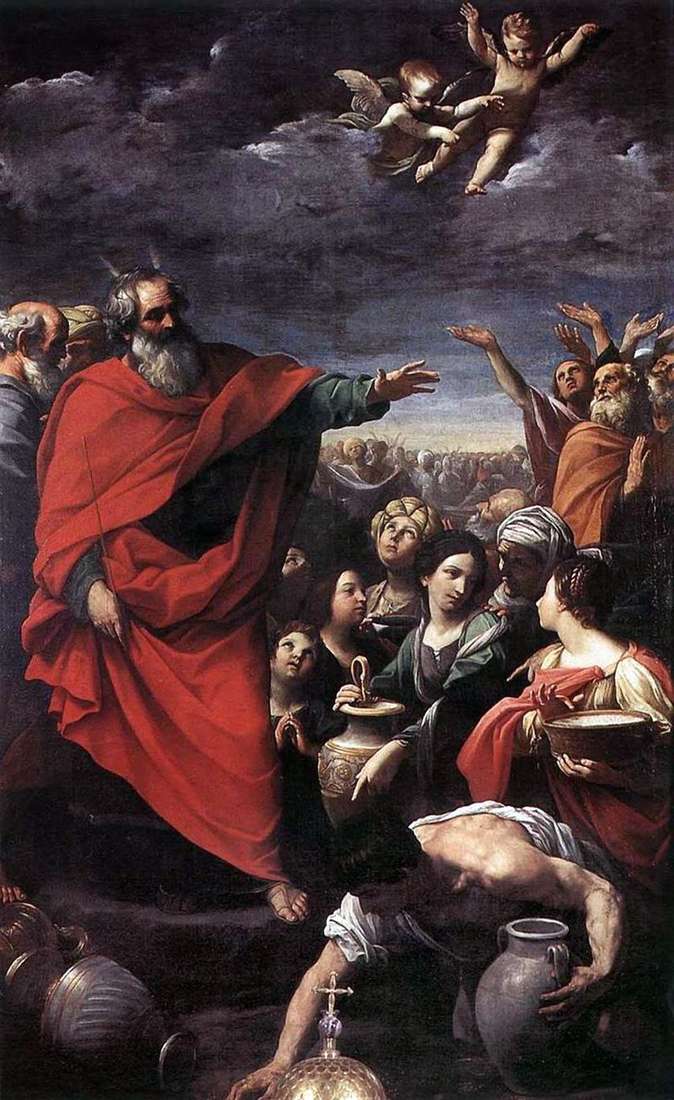
Painting by Bologna painter Guido Reni “Moses and the collection of manna from heaven.” The size of the painting is 280 x 170 cm, oil on canvas. Biblical manna is considered a special kind of substance that the Jews ate in the desert at the time of the exodus from Egypt. When they, while wandering, began to experience hunger, they raised a murmur against Moses.
The next morning, the desert turned out to be strewn with some kind of white granular substance, which was sweet in taste and nutritious. This was the manna that Moses ordered to make and make cakes out of it. Since that time, manna has become a constant source of food for the people, until its entry into Palestine.
In some parts of the Sinai Peninsula, and until now there is a substance that is similar in its properties to biblical manna and even now called Essem’s manna Essema by local Arabs – “heavenly manna.” It is a whitish, resinous substance with a fragrant odor and seeping out of the trunks of a tamarisk shrub. Tamarisk grows in the western half of the Sinai Peninsula, in rocky Arabia and in the Jordanian region.
Actually, on the Sinai Peninsula the outflow of this resinous substance occurs only in May and June, after the winter rains. It tastes like honey and oozes out of the bush, like glue or resin from a cherry tree. When a manna falls to the ground, it takes into itself various other elements, so that using it requires known devices. The Arabs boil it in a pot, then pass it through the cloth to cleanse it from impurities and then pour it into tins, in which it can be stored for several years. The local Bedouins and Greek monks eat it with bread as seasoning, but it never replaces bread.
Such tamarisk manna bears a very remote resemblance to the manna that fed the Jews like bread: it is not nourishing, and it would be completely insufficient for a people of more than two million souls, for which it would take up to half a million pounds weekly, while in good years not more than 420-500 kg per year are collected. According to a more detailed biblical description, “the manna was like coriander seed, white, the taste is similar to a flat cake with honey.” Over time, this monotonous food fed the Jews, so they grumbled and called the manna “worthless food”, or, more precisely, “too light”; but they did not go hungry and, in any case, did not die of hunger, as would be inevitable when feeding on tamarisk manna, which does not contain nitrogen.
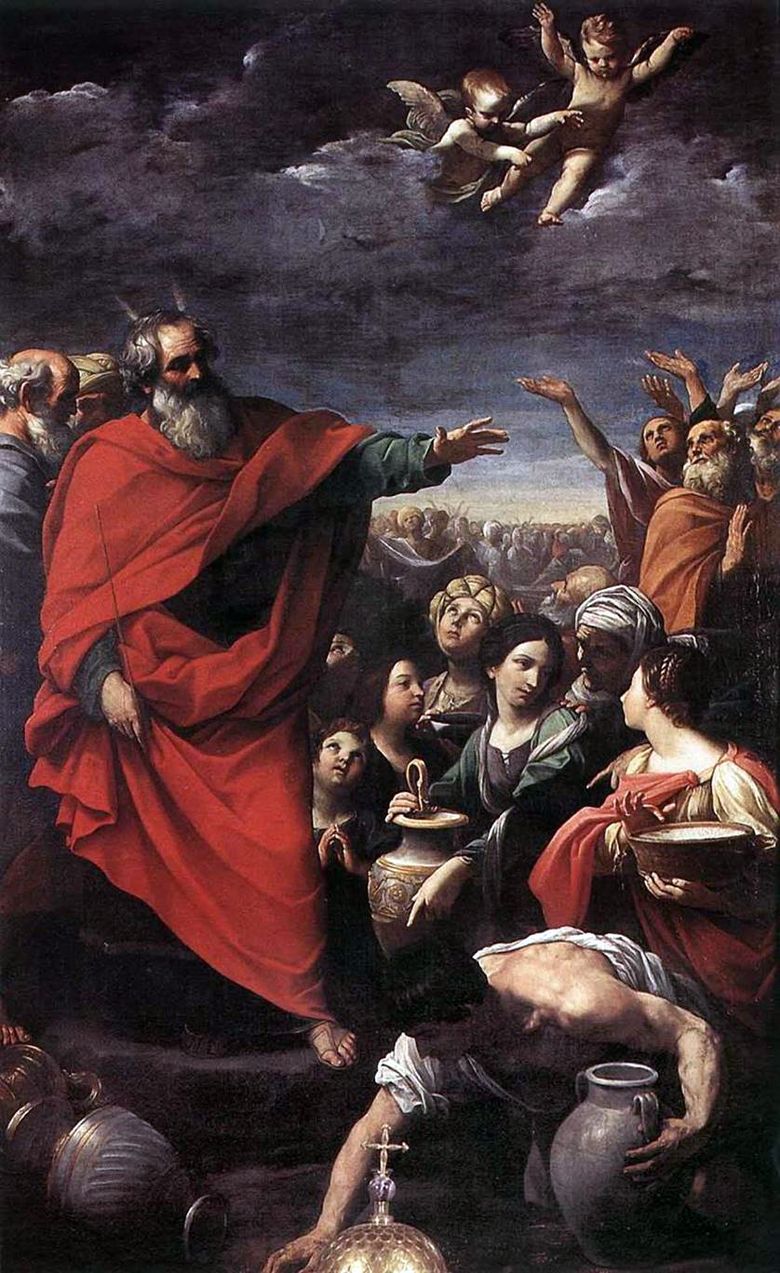 Moïse et la collection de manne du ciel – Guido Reni
Moïse et la collection de manne du ciel – Guido Reni Moses with the Tablets of the Law by Guido Reni
Moses with the Tablets of the Law by Guido Reni Moses Mining Water from a Rock by Filippino Lippi
Moses Mining Water from a Rock by Filippino Lippi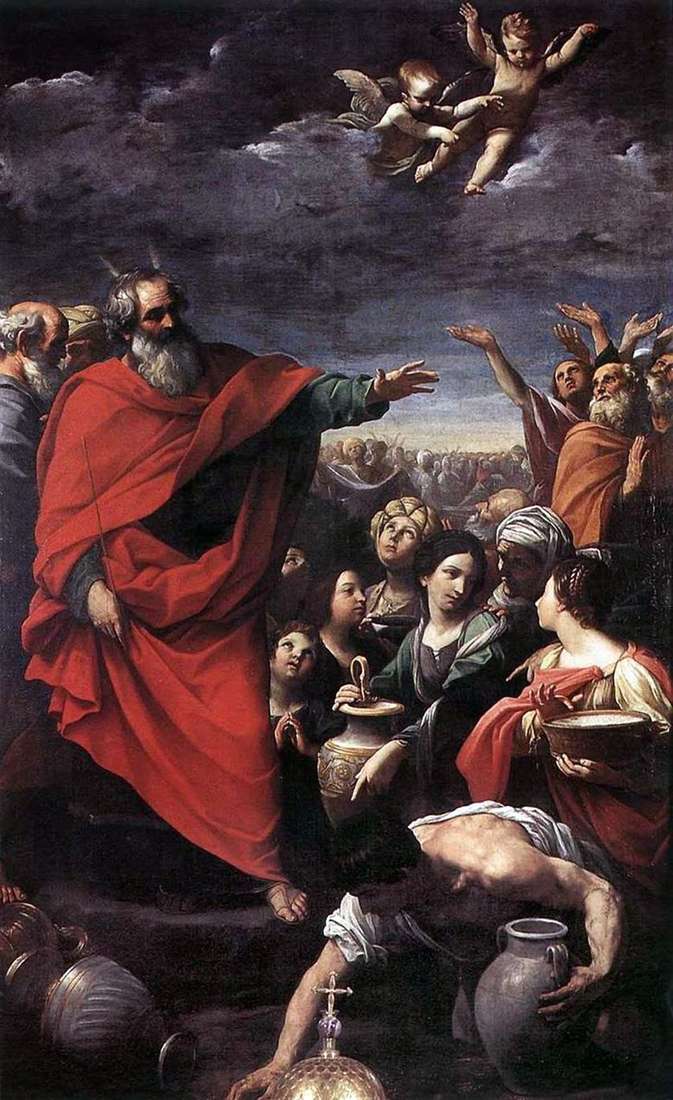 Colección de Moisés y Maná – Guido Reni
Colección de Moisés y Maná – Guido Reni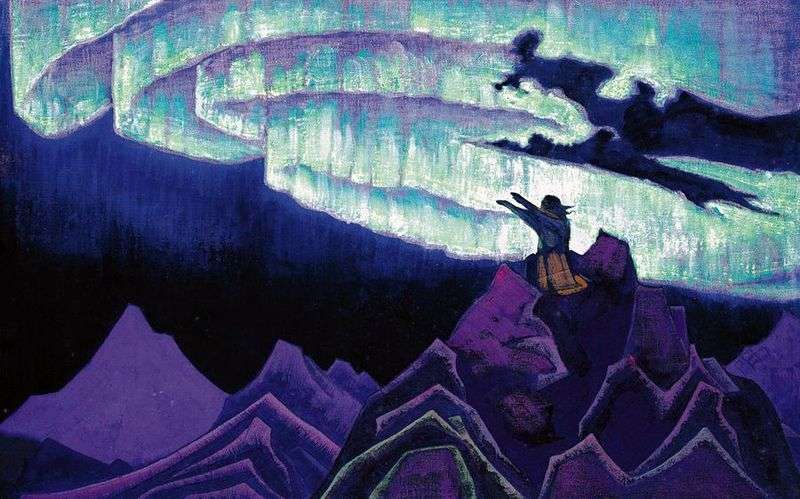 Moses Driver by Nicholas Roerich
Moses Driver by Nicholas Roerich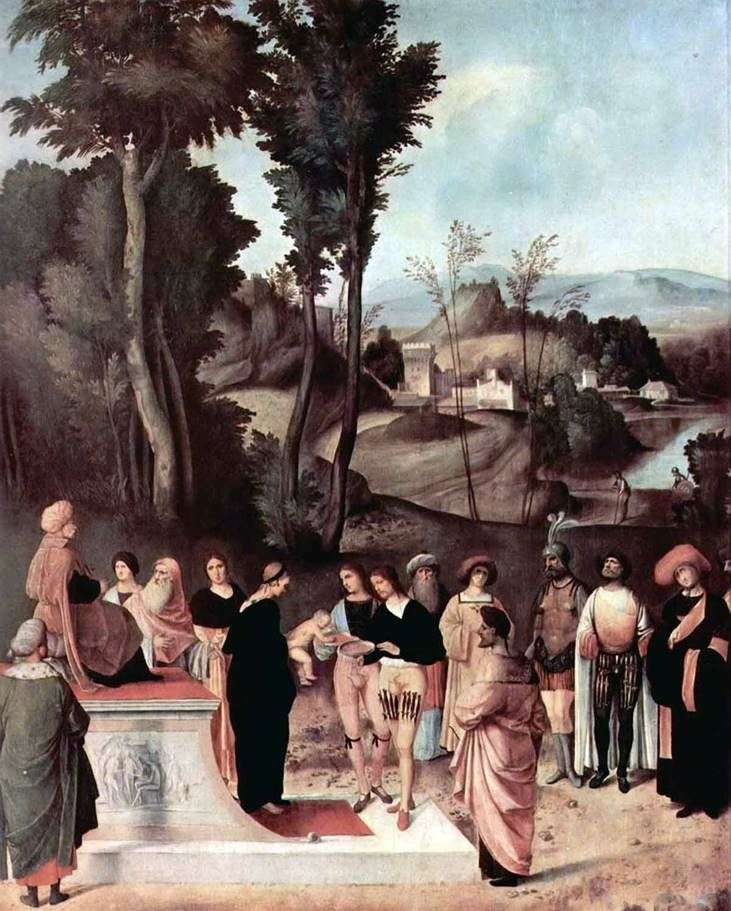 The Test of Moses by Fire by Giorgione
The Test of Moses by Fire by Giorgione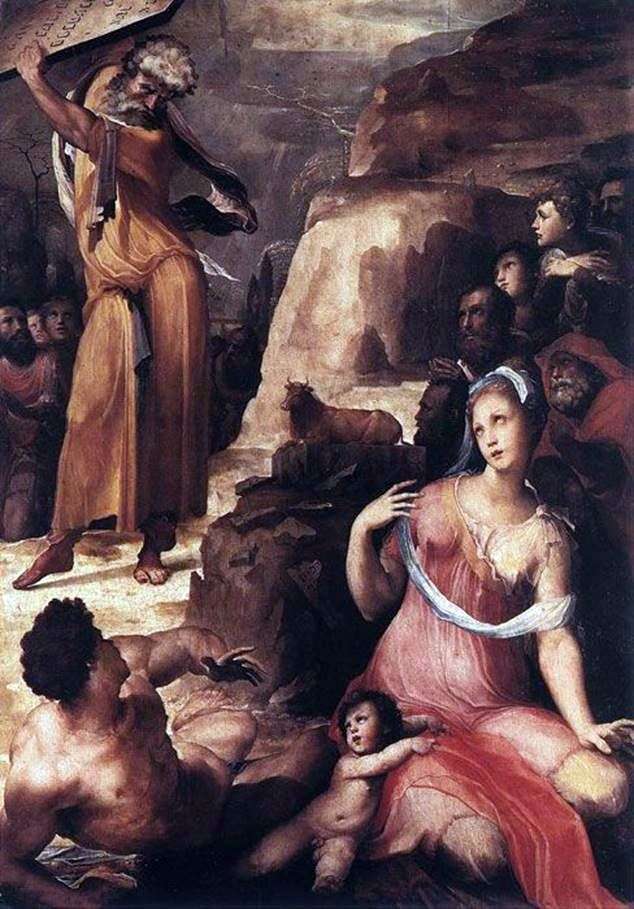 Moses and the golden calf by Domenico Bekafyumi
Moses and the golden calf by Domenico Bekafyumi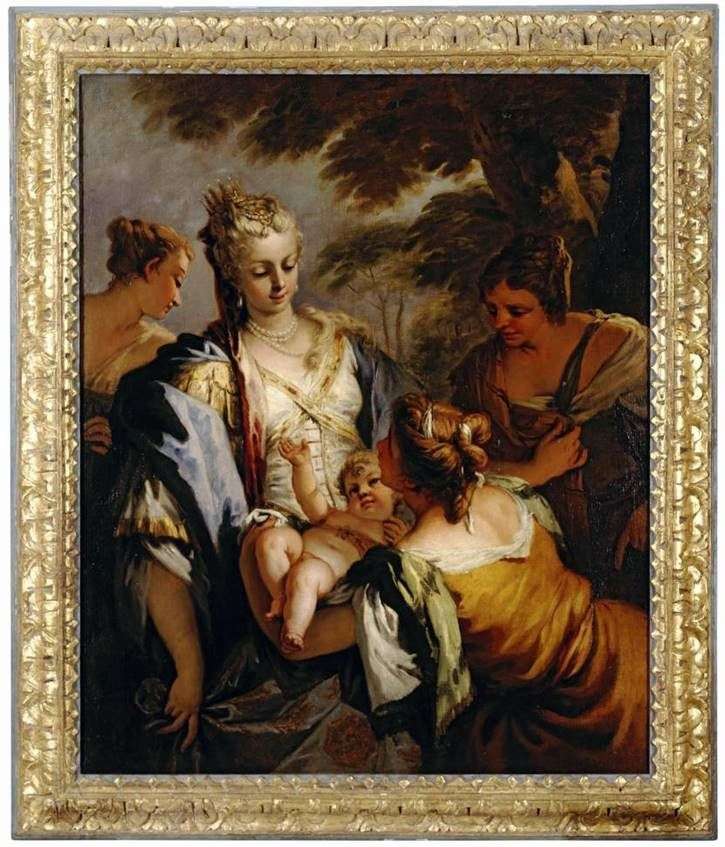 Handing over the baby Moses by Sebastiano Ricci
Handing over the baby Moses by Sebastiano Ricci